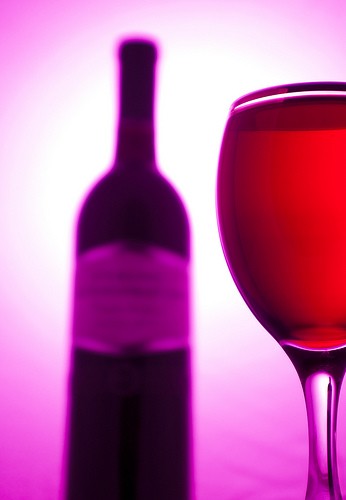Ordering Wine at a Restaurant? Be Careful, Scientists Say There's More Alcohol in It Than You Think!
California researchers visited 80 bars and restaurants to see just how much alcohol was in a served drink - and they found that with wine especially, people were getting served a lot more than a standard serving of alcohol in each glass.
Researchers in California are hitting the bars and measuring drinks, and they say that you're getting a whole lot more alcohol than you think in each ordered glass of wine or beer.
American bars and restaurants do not typically display alcohol content information about alcoholic drinks, and the researchers say that it's quite important for people to have an accurate idea of how much alcohol they are consuming over the course of an evening. They also say that since all social alcohol research is built on the assumptions of "standard" drink sizes, researchers need to be aware of what's really happening at the corner restaurant or pub.
William C. Kerr, the study author and a senior scientist at the Alcohol Research Group at the Public Health Institute, explained, "There are a number of factors that influence the alcohol content of drinks. These include glass size; percent alcohol by volume (%ABV) of the beer, wine or spirit, for example a 15-percent wine versus an 11-percent wine, or a six-percent beer compared to a 4.2-percent light beer; accidental pour variability; and probably most important, the intentions of management and the bartender."
He says that the most variable product is wine, followed by draft beer and mixed cocktails, and blames proprietors and servers for over pouring - explaining that when the cost of a served glass of wine can reach the wholesale bottle price, there is a real financial incentive to create a perception of value through a big pour.
The researchers warn that people who are not intending on drinking to excess may be pushed over legal blood alcohol limits by larger than normal serving sizes of alcohol.
The study results can be read in Alcoholism: Clinical & Experimental Research (ACER).

